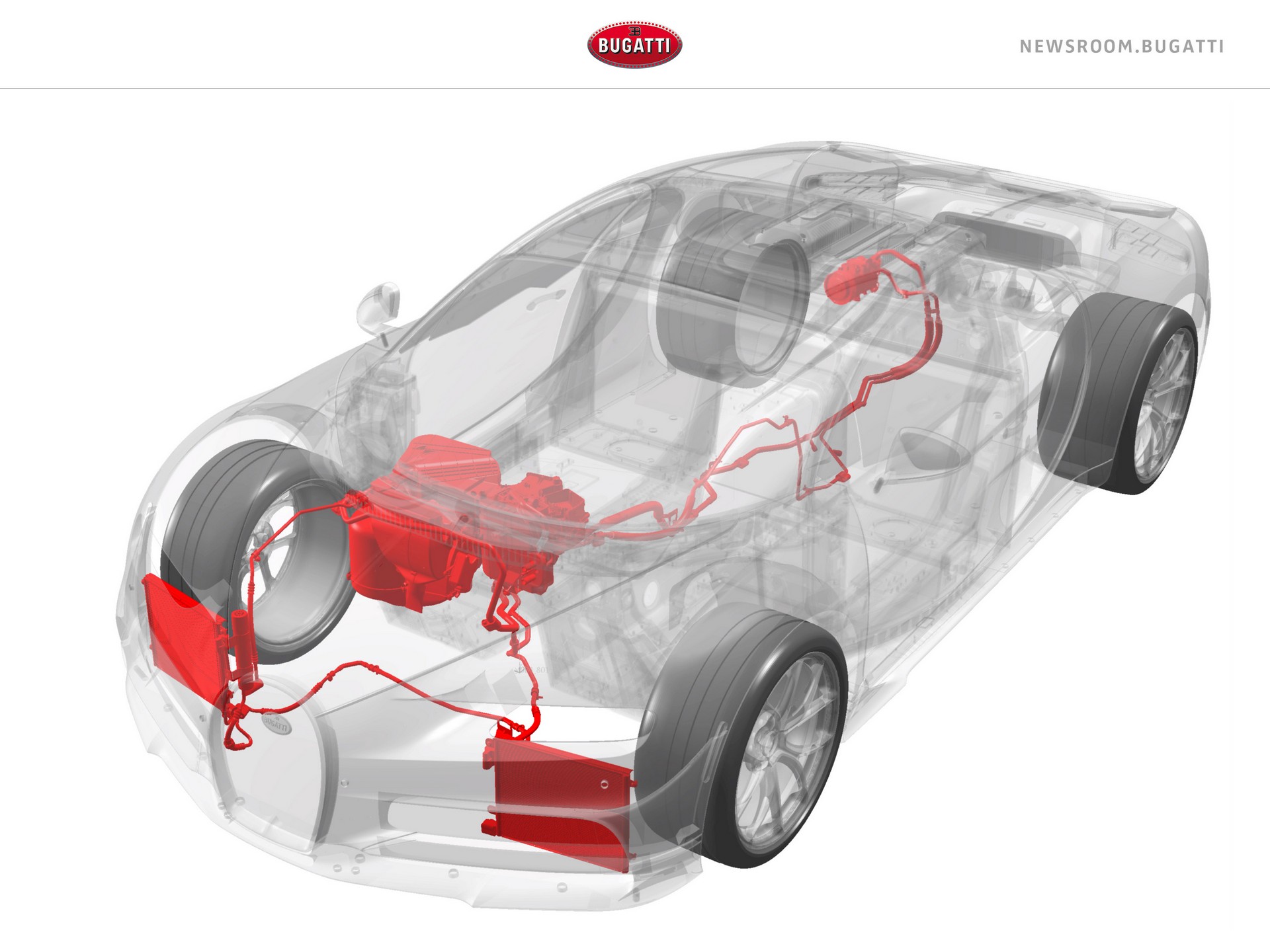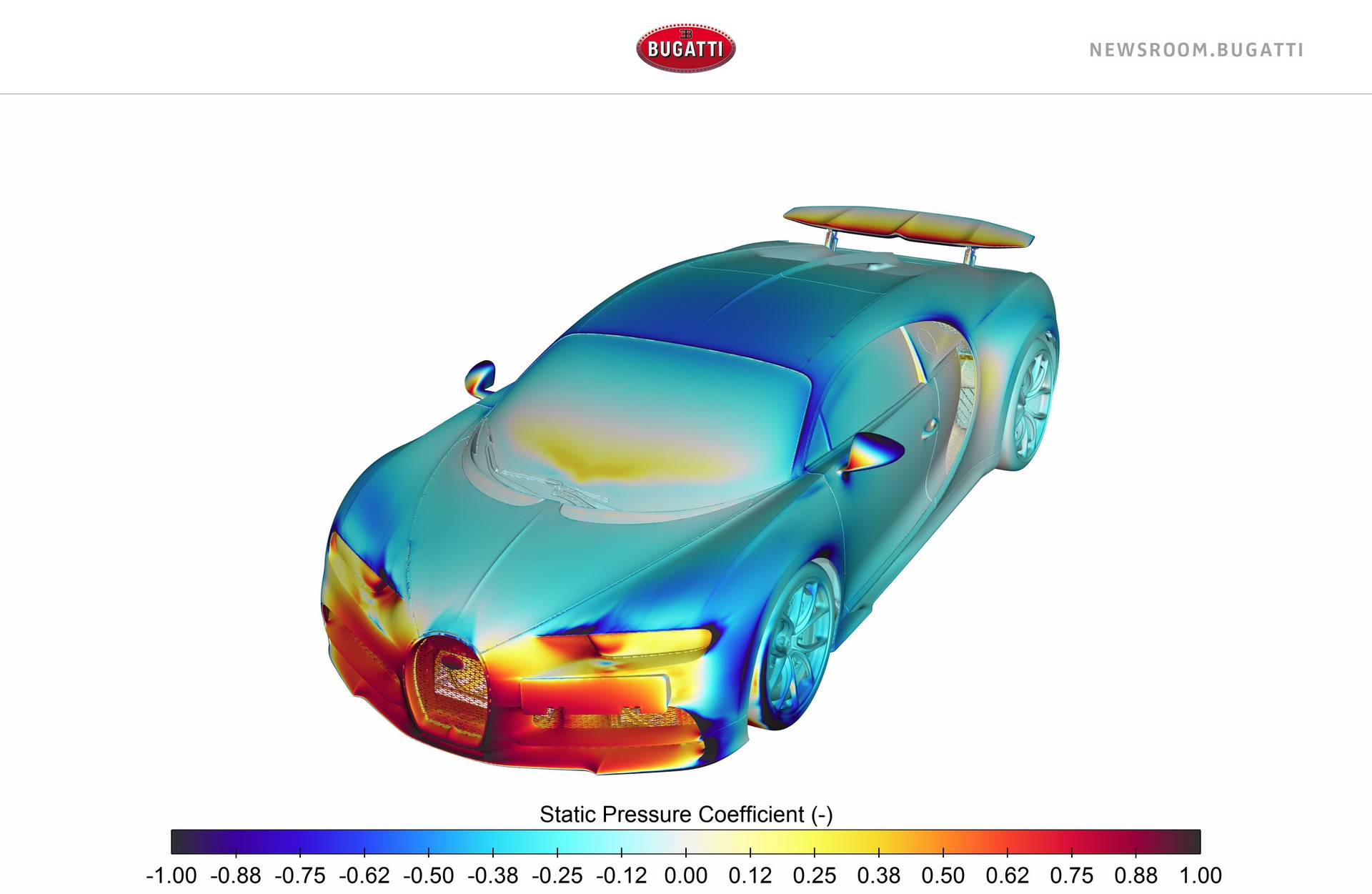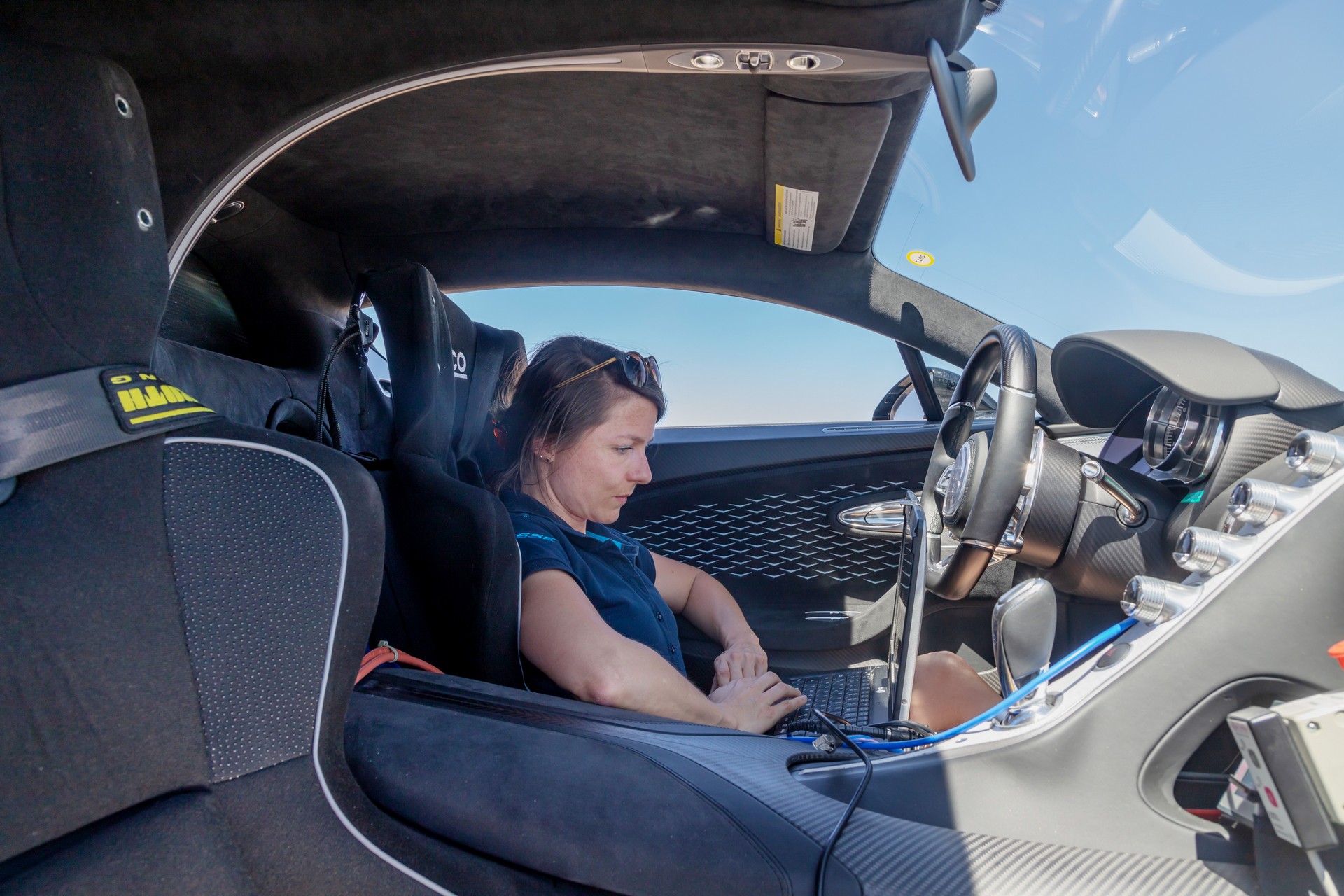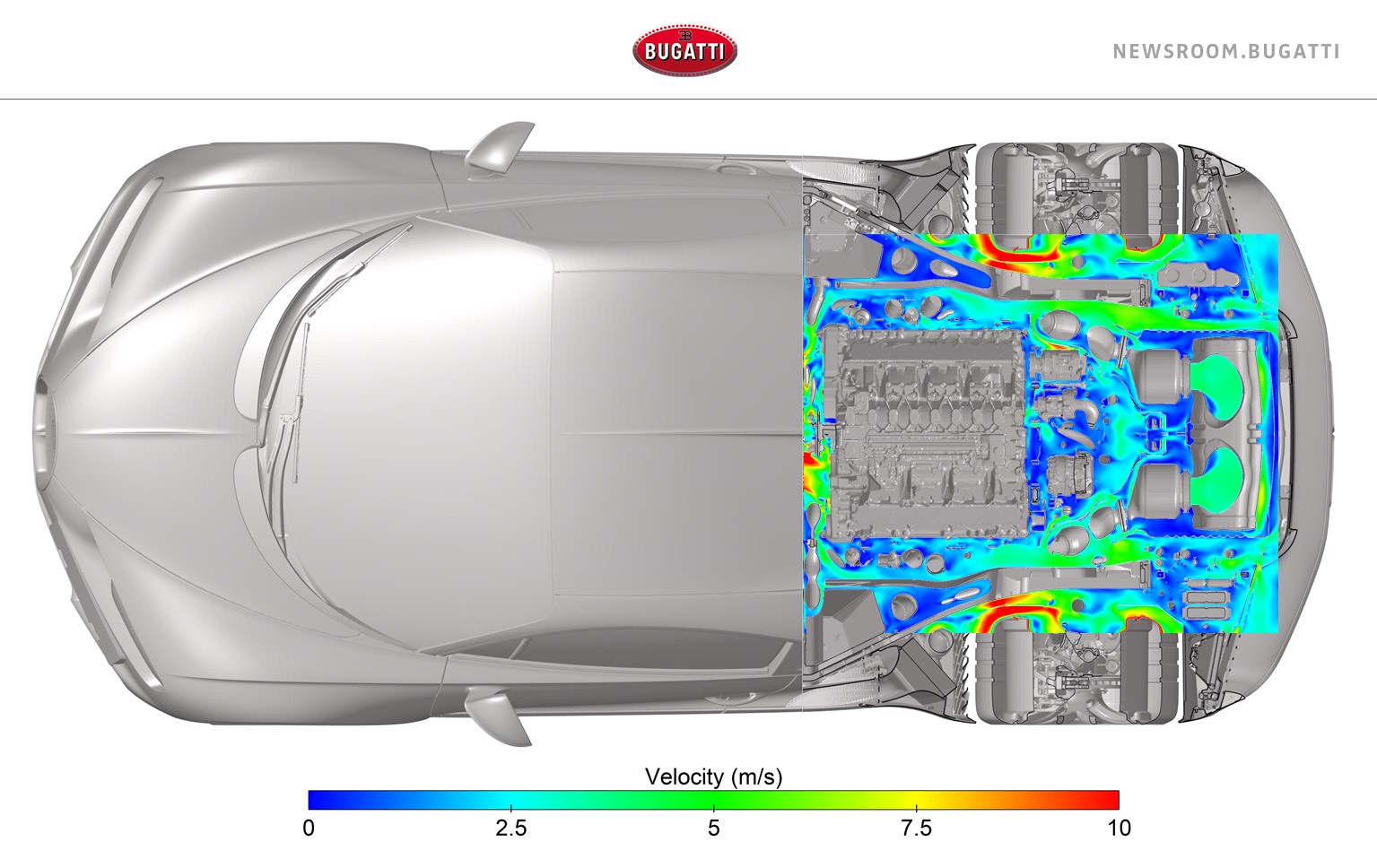The United States is in the midst of a heat wave and several places will see temperatures climb into the triple digits.
This makes air conditioning vital and its one of the reasons Bugatti pulled out all the stops when developing the climate control system for the Chiron.
While air conditioning has been available in cars for 80 years, some systems work better than others. That’s especially true of the Chiron and its derivatives as they have a power air conditioning compressor and two condensers.
Also Read: Bugatti Chiron Packs 1,500 HP And Can Hit 260 MPH
The model also has approximately 31 feet (9.5 meters) of air conditioning lines and can compress roughly 6.6 lbs (3 kg) of coolant, from a pressure of around 2 bar to up to 30 bar, per minute. All told, Bugatti says the Chiron has an air conditioning system that is powerful enough to cool an 861 square foot (80 square meter) apartment.
While that’s all fine and good, putting air conditioning in a Chiron isn’t as straightforward as it seems. As engineer Julia Lemke explained, Bugattis are known for their top speeds and this presents some serious challenges as “In conventional vehicles, air is forced into the interior at the lower end of the windscreen, but in a Bugatti this only happens up to about 155 mph (250 km/h).” After that point, there is a switch to negative pressure so the company created a sophisticated control system, with an additional ram air flap and an optimized blower, that ensures air continues to enter the cabin.
Of course, there are also other challenges as Bugattis are streamlined to ensure high speeds. In particular, the company noted the Chiron has a relatively flat windscreen with an inclination of 21.5 degrees. This creates a large glass surface of 14.1 square feet (1.31 square meters), nearly twice that of your typical compact car. This makes the Chiron’s interior heat up faster than normal and that’s even before you factor in options such as the Sky View glass roof.
The high-performance air conditioning system overcomes these challenges and ensures the cabin is comfortable regardless of the outside temperature. As Lemke noted, it’s important the selected temperature is quickly reached and there aren’t any drafts or noises as “only then does it make you feel comfortable.”









